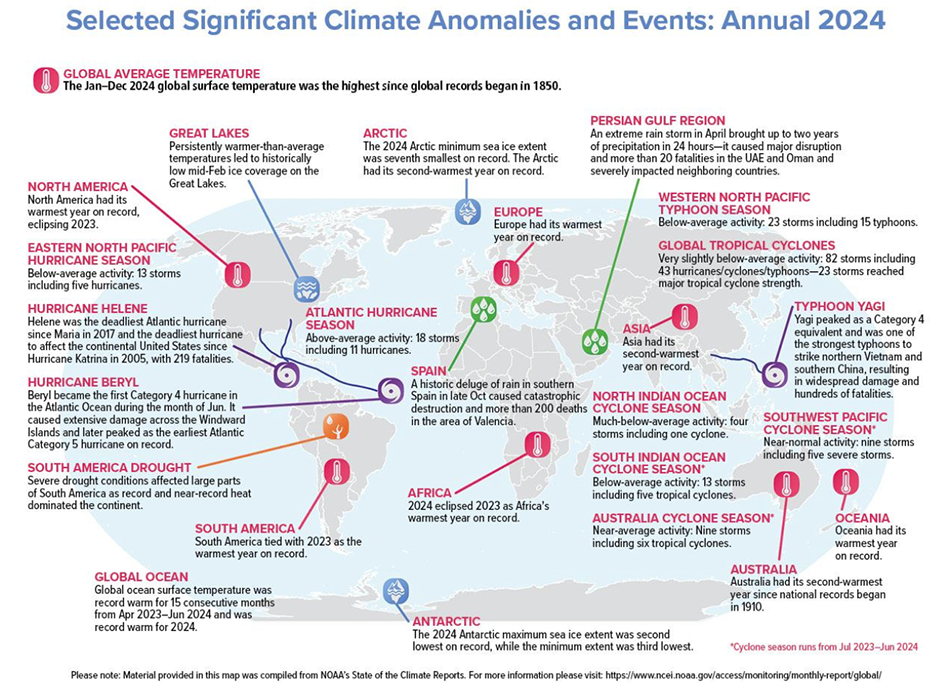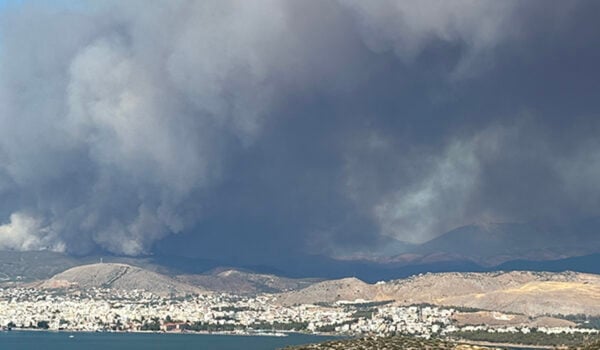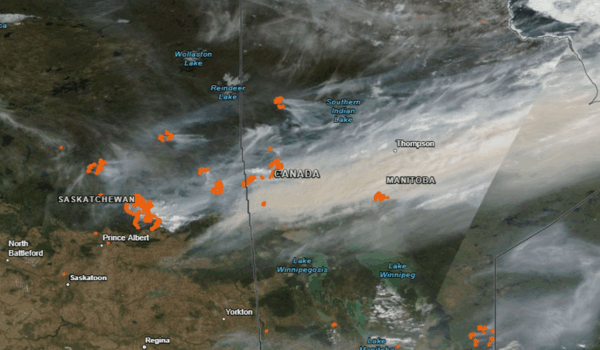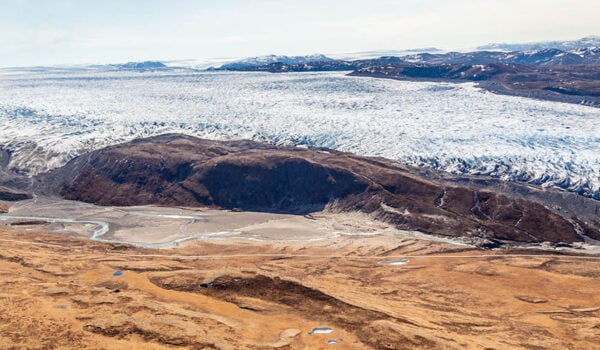According to the 35th annual State of the Climate report, 2024 was a year of climate records: Greenhouse gas concentrations, the global temperature, global sea level, and ocean heat content all reached record highs. In addition, glaciers lost the most ice of any year on record.
The State of the Climate report provides the most comprehensive annual update on Earth’s climate. It illuminates not only key indicators, like global CO2, but also notable weather events, regional phenomena, and other data collected by environmental monitoring stations and instruments located on land, water, and ice, as well as in space.
The 2024 international review of the world’s climate, published by the Bulletin of the American Meteorological Society (BAMS), is based on contributions from 589 scientists in 58 countries.
Extreme fire activity
Senior scientist Johannes Kaiser at NILU is one of the contributing scientists. He leads the reports section on vegetation fires.
“In 2024, the global overall trends continued with less fire activity in savannah regions, but more frequent and more intense fire episodes in boreal, forest, and wet land regions. The amount of vegetation burnt in Canada was only second to 2023, and thus extreme for two straight years. South America saw many large fires in the Earth’s largest tropical wetlands in the Pantanal. The Arctic fire season of 2024 was among the five most active fires seasons in the Arctic since 2003. Here in Europe, Portugal and the Balkans were most affected,” he says.
Earth’s greenhouse gas concentrations highest on record
The major atmospheric greenhouse gases, carbon dioxide (CO2), methane, and nitrous oxide, once again reached record-high concentrations in 2024. The globally averaged CO2 level reached 422.8±0.1 parts per million (ppm), a 52% increase from the pre-industrial level of ~278 ppm. The growth from 2023 to 2024 was 3.4 ppm, equal with 2015/16 as the highest on record since the 1960s.
Record temperatures across the globe
A new annual global surface temperature record was set for the second year in a row, with measurements dating back as far as the mid-1800s. A range of scientific analyses indicate that the annual global surface temperature was 0.63 to 0.72 degrees C (1.13 to 1.30 degrees F) above the 1991–2020 average.
A strong El Niño, that began in mid-2023 and ended in boreal spring 2024, contributed to the record warmth. All six major global temperature datasets used for analysis in the report agree that the last 10 years (2015–24) were the 10 warmest on record.
Near-record warmth in the Arctic
The Arctic had its second-warmest year in the 125-year record, with autumn (October to December) being record warm. During the summer, an intense August heatwave brought all-time record-high temperatures to parts of the northwest North American Arctic, and record-high August monthly mean temperatures at Svalbard Airport reached more than 11°C.
In September, temperatures above 30°C were observed in Norway, marking the latest time of the year, in the observational record, that such high temperatures have occurred there. The Arctic maximum sea ice extent in 2024 was the second smallest in the 46-year satellite record, while the minimum sea ice extent, was the sixth smallest.

Glaciers around the world continued to melt
For the second consecutive year, all 58 global reference glaciers, across five continents, lost mass in 2024, resulting in the greatest average ice loss in the 55-year record. In South America, Venezuela became the first Andes country to register the loss of all glaciers. In Colombia, the Conejeras Glacier was declared extinct, joining the list of glaciers that have disappeared in recent years.
Observations of vital importance
“The State of the Climate report is an annual scientific landmark,” says American Meteorological Society President, David J. Stensrud.
“It is a truly global effort, in which hundreds of researchers, from universities, government agencies, and more, come together to provide a careful, rigorously peer-reviewed report on our planet’s climate. High-quality observations and findings, from all over the world, are incorporated, underscoring the vital importance of observations to monitor, and climate science to understand, our environment. The results affirm the reality of our changing climate, with 2024 global temperatures reaching record highs.”




